34 Orchestral Etudes for Trumpet
-
Ships in 1 to 2 weeks
Details
Description
SKU: CF.WF221
Composed by Vassily Brandt. Edited by Mark Clodfelter. Arranged by Mark Clodfelter. SWS. Collection. With Standard notation. 40 pages. Carl Fischer Music #WF221. Published by Carl Fischer Music (CF.WF221).ISBN 9781491148952. UPC: 680160906451. 9 x 12 inches.
The Orchestral Etudes composed by Vassily Brandt have beenused for over a century to prepare trumpet players to play manyof the standards in the orchestral repertoire. This new editionby acclaimed trumpet performer and prominent pedagogueMark Clodfelter aims to foster a renewed awareness of notegroupings, sequences, stylistic emphasis and syncopation.Additionally, Professor Clodfelter has proposed transpositionsfor many of the etudes, utilizing B≤, C, and E≤ Trumpets. All ofthese pedagogical applications are offered in the spirit of morefully utilizing this body of studies in a more global fashion. Thisnew approach can help developing trumpet players avoid beingmono dimensional, leaving behind potential benefits of thesetime honored etudes. A welcome fresh perspective on theseetudes makes this an indispensable new edition for every serioustrumpet student’s library.
Karl Wilhelm (Vasily Georgievich) Brandt (1869–1923) enjoyed a diverse musical career.During his tenure at the Bolshoi Theater, he served as Principal Trumpet, and later becameFirst Cornet. He went on to teach at both the Moscow Conservatory and the SaratovConservatory. As a composer, Brandt not only gave us these etudes, but also two concertpieces for trumpet and piano that have become staples in our repertoire.These editorial recommendations are aimed at fostering awareness of note groupings,sequences, stylistic emphasis and syncopation. Additionally, I have proposed transpositionsfor several of the etudes, utilizing Bb, C, and E≤ trumpets. The transpositions are notatedto indicate which horn to play, and then which transposition to apply. For example, “Alsoon C –Tpt. in B≤” indicates that one should play on C trumpet and transpose down a majorsecond. All of these pedagogical applications are offered in the spirit of more fully utilizingthis body of studies in a global fashion. This approach can help one avoid being monodimensional,leaving behind potential benefit.You will find recommended listening references intended to accelerate the acquisition ofstyle and develop a sense of context for the student. Overall, I cannot stress how importantit is to listen relentlessly. Never before has so much quality recorded music been as readilyaccessible. Take advantage of this every day to inform your concept.This edition of the Brandt Etudes is not intended to take the place of the original material asit was first presented. There is still great value in simply playing these etudes unencumberedby markings, allowing musical instinct to guide the learning. I have simply pointed out avariety of ideas that exist and are in some cases implied, within the framework of thesevenerable etudes. Use these ideas as a catalyst for your creativity and challenge yourself inthe ways that promote your deepest learning and growth, both as a trumpeter and an artist.Finally, use your imagination. Never limit yourself to what you see on the page; be curiousand push to the next level. Honest, self-diagnostic practice will lead you to what truly needsthe most attention. This is a path of continual growth, along which there are not short cuts.Embrace the work, and take care to enjoy each step of the journey.
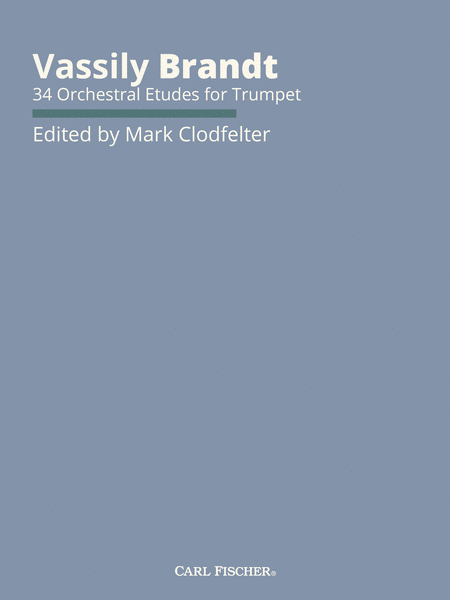
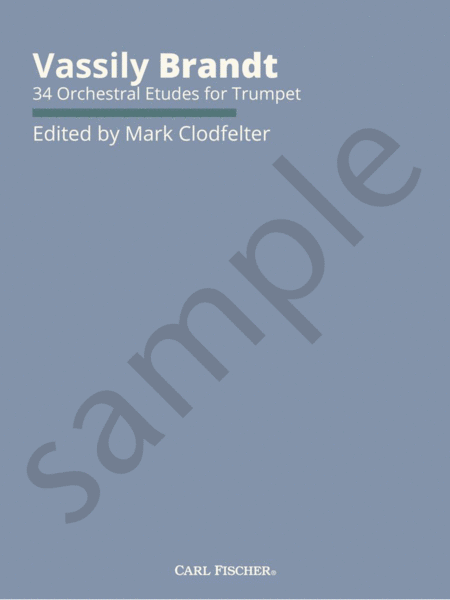
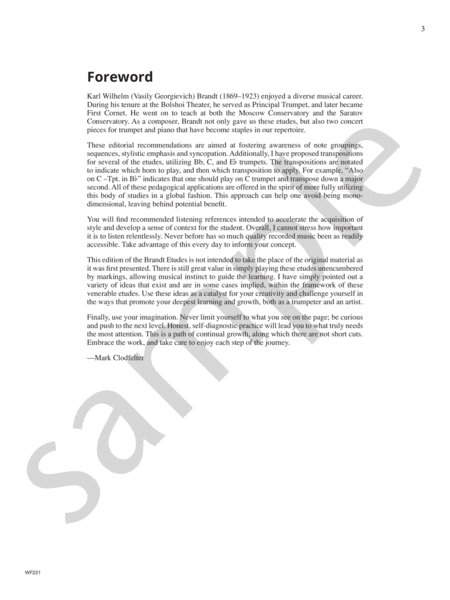
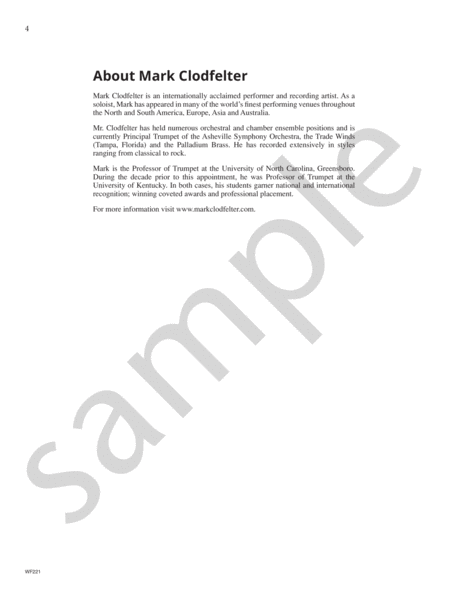
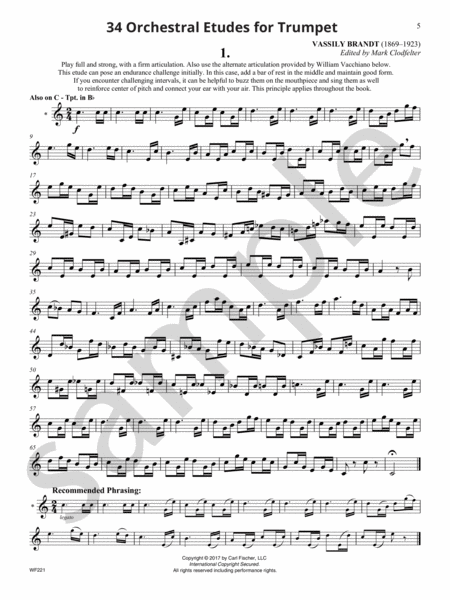
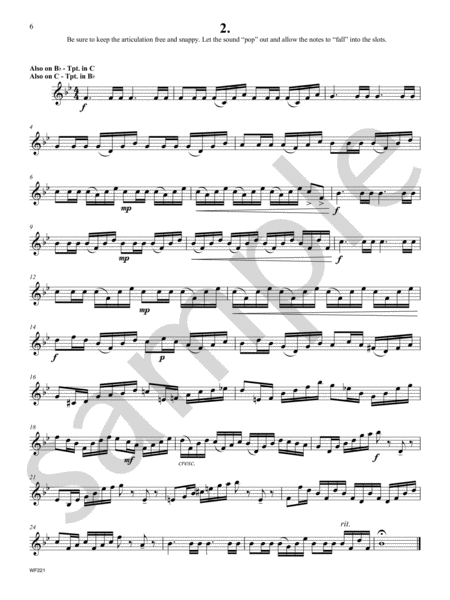
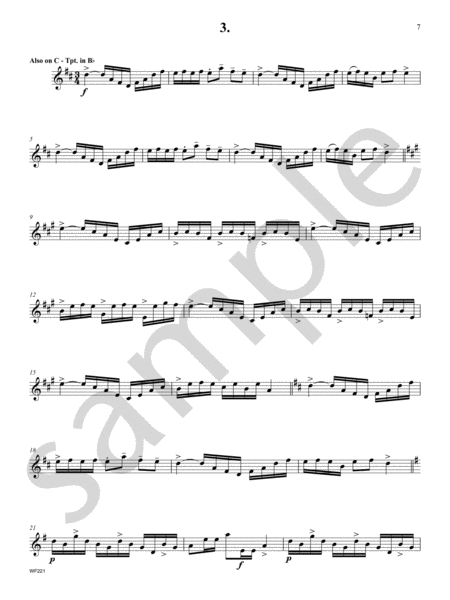
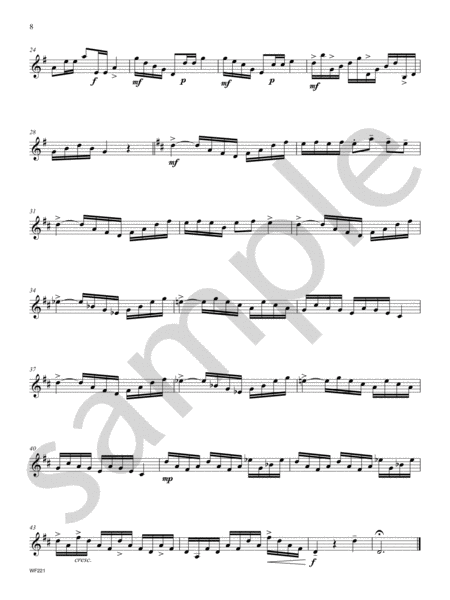
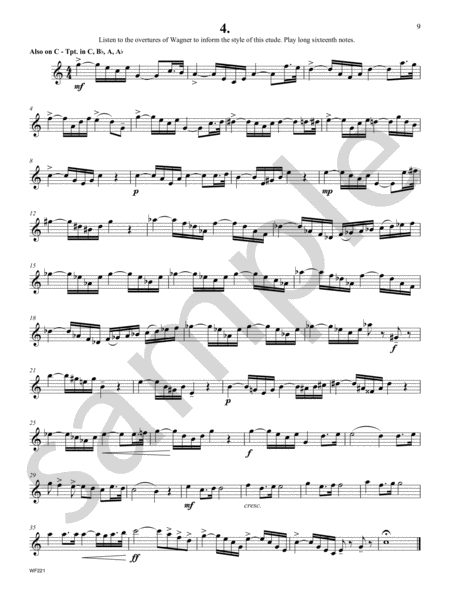
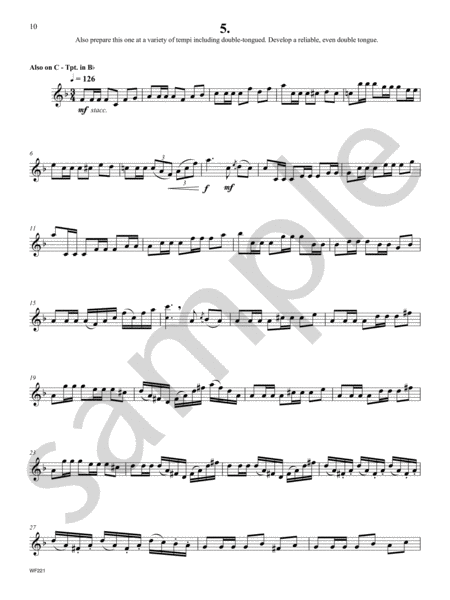
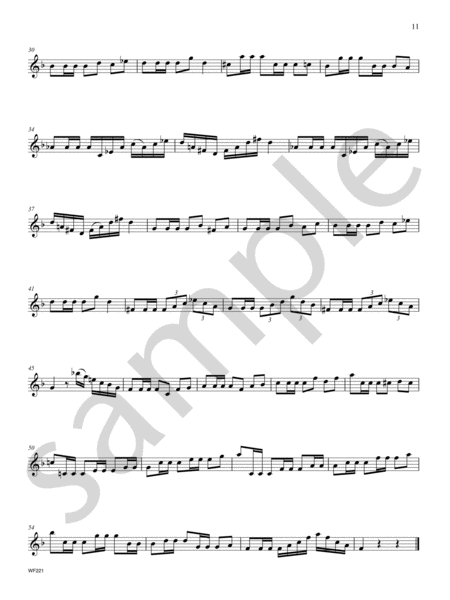
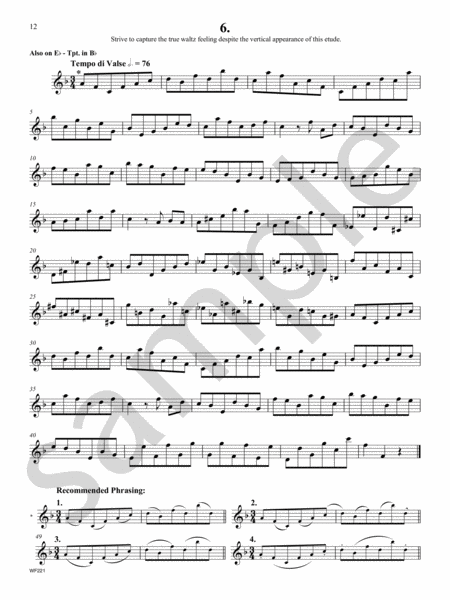
 Share
Share